Power to the Partnership between Compliance and Legal
A frequently misused quotation, “The first thing we do, let’s kill all the lawyers,” from William Shakespeare’s Henry VI, isn’t about a disdain for the legal department but is homage to their power. The character that utters the line, Dick the Butcher, knows he can’t get away with murder if the lawyers are watching.
The lesson is this, there is power in the partnership with your law department.
It’s an easy misperception made by many who don’t understand: compliance and legal are one in the same, right? Not quite. While they benefit from working hand-in-hand, there is a small, yet significant, difference in who these two entities primarily serve that may result in different approaches to the same situation. Compliance officers’ gatekeeper role is complex and sometimes conflicting, while a lawyer has a more direct and aligned duty to a client: a lawyer’s client is the company (officers, directors, employees, shareholders); a compliance officer’s client is also customers, the board, regulators, investors, and in some cases securities markets (“stakeholders”). Additional insight on the relationship between law officers and compliance officers can be found here.
As a result, the perspective of an organization’s lawyers on issues starts off narrow – with the goal to protect the company. It’s up to compliance officers to collaborate with the lawyers to consider other stakeholders in order to build a Sustainable Governance program which will ultimately offer the company better protection. Doing so will make compliance programs more effective; a respected and deeply collaborative relationship with the organization’s lawyers will help the compliance officers as they monitor for and help prevent violations of the law, while the lawyers focus on what management can do. There will be scenarios where a course of action is permitted because the law has not kept pace with business innovation or the law is unclear. In the same scenario, a compliance officer may advise not to take an action because the compliance officer seeks to prevent legal violations which includes looking forward and considering reputational, political and regulatory risks. For example, one could imagine legal and compliance debate about required disclosures and licenses to launch fintech, artificial intelligence and virtual asset products into the market place. Listen to episode 4 of the What’s Ethical podcast to learn more about opportunities and risks with these new technologies. Reputational risks of undisclosed potential conflicts can be exacerbated when operational procedures are not followed as directed. DOJ and others recently opened investigations of McKinsey & Company for allegedly failing to adequately disclose and mitigate conflicts when acting as an advisor as well as a creditor in bankruptcy cases where McKinsey allegedly received favorable treatment over other creditors including pension plans.
McKinsey’s lawyers may have relied on a separation – ethical walls – between the investment and advisory businesses to manage any conflicts of interest as well as an interpretation that the law does not require third-party bankruptcy advisers to be disinterested. Compliance officers looking at the same scenario may focus more on operational controls and add-value by collaborating with lawyers to test the strength of the ethical walls.
A Meeting of the Minds: Holding One Another Accountable
The key is for both lawyers and compliance officers to recognize their role and how they can help each other achieve their goals more effectively. Ultimately, collaboration and unified responses from Compliance and Legal will greatly contribute to delivering Triple Bottom-Line Compliance of protection, productivity, and impact. Learn more about fostering a successful compliance dynamic within your organization by visiting www.bethhaddock.com.

